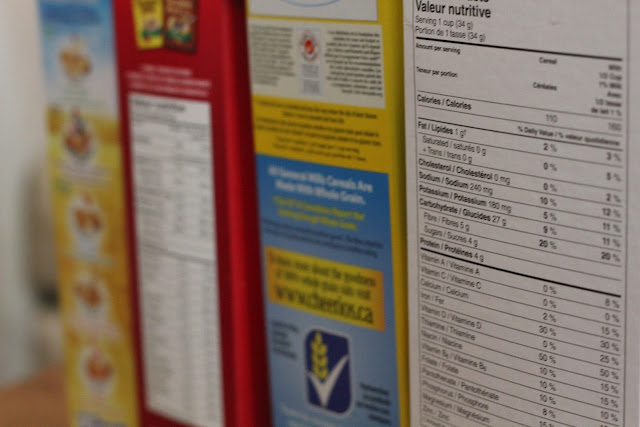It takes a lot for a recipe to make it into my regular repertoire. As the years go by, it seems that there are more and more hurdles a dish has to jump over before I’ll make it on a consistent basis.
In grad school, my criteria were delicious, quick and easy (though during exam time, ‘not moldy yet’ would suffice.) As I grew up, started experimenting and became more health conscious, ‘healthy’ and ‘versatile’ crept up the list. When I got married and had to actually cook on a regular basis, ‘ingredients that are already in the pantry’ and ‘freezes well’ became big ones. And now, with the birth of little M., I’ve added ‘baby food friendly’ to the list. Now, not many recipes make it through all these hoops, so when one does, it deserves a special hurrah.
That’s why I’m calling this barley pilaf the Weeknight Superhero.
I know it seems pretty humble. After all, barley isn’t the sexiest grain out there, and spinach and canned tomatoes don’t hold a candle to slow roasted tomatoes or beet walnut pesto. But trust me on this one. It’s not the individual ingredients but the melding of all those flavours together that make it noteworthy. Of course, the addition of some flavour kickers like parmesan, garlic and sauteed onions help kick it up a notch too. It’s the perfect weeknight dish - warm, creamy, comforting and healthy to boot.
But the real beauty of this barley pilaf is just how flexible it is - it’s the ultimate kitchen sink recipe. You can throw in almost anything and it will still taste delicious. Have some corn on the cob left over from the summer bumper crop? Saute it in some olive oil throw it in with the spinach. Are the mushrooms in the back of the fridge starting to look suspicious? Add them in at the beginning, with the onion and garlic. Too many leeks on hand? Use one instead of the onion. I’ve also sauteed some diced peppers or some zucchini and added in with the spinach. If you wanted some protein, you could fill it out with some shredded rotisserie chicken at the end. It really is the Miss Congeniality of dinner recipes.
And if that weren’t enough, it freezes well, too. Just cool, scoop single servings into freezer bags, push the air out, and lay flat in the freezer. It’s great to take as a hot lunch or an instant dinner for one.
And finally - it’s perfect for little ones. Baby M loves this now that he can chew the barley, but you could also puree it down for younger babies. There’s nothing this Superhero can’t do.
Creamy Barley with Tomatoes and Greens
Ingredients
2 tablespoons olive oil
3 large garlic cloves, minced
1 large onion, finely chopped
salt and black pepper
2 cups pearl barley
1 28-ounce can diced tomatoes (with juice)
1 cup good-tasting chicken stock
1 bag baby spinach (I have substituted frozen spinach in a pinch but I find it a bit stringy)
2 ounces Brie (rind removed), cut into small pieces
1/2 cup grated Parmesan (2 ounces)
Directions
- Heat the oil in a saucepan over medium heat. Add the onion, and garlic and cook, stirring frequently so it doesn’t burn, until tender, 6 to 8 minutes.
- Add the barley, tomatoes, stock, and 2 cups water and bring to a boil. Add salt and pepper to taste.
- Reduce heat and simmer, stirring occasionally, until the barley is tender, around 30 minutes. Add a little water if it starts looking dry.
- Add the baby spinach leaves, Brie, and ¼ cup of the Parmesan and cook, stirring occasionally, until the spinach is tender, 3 to 4 minutes.
- Divide among bowls and sprinkle with the remaining ¼ cup of Parmesan.
Serves 4.




